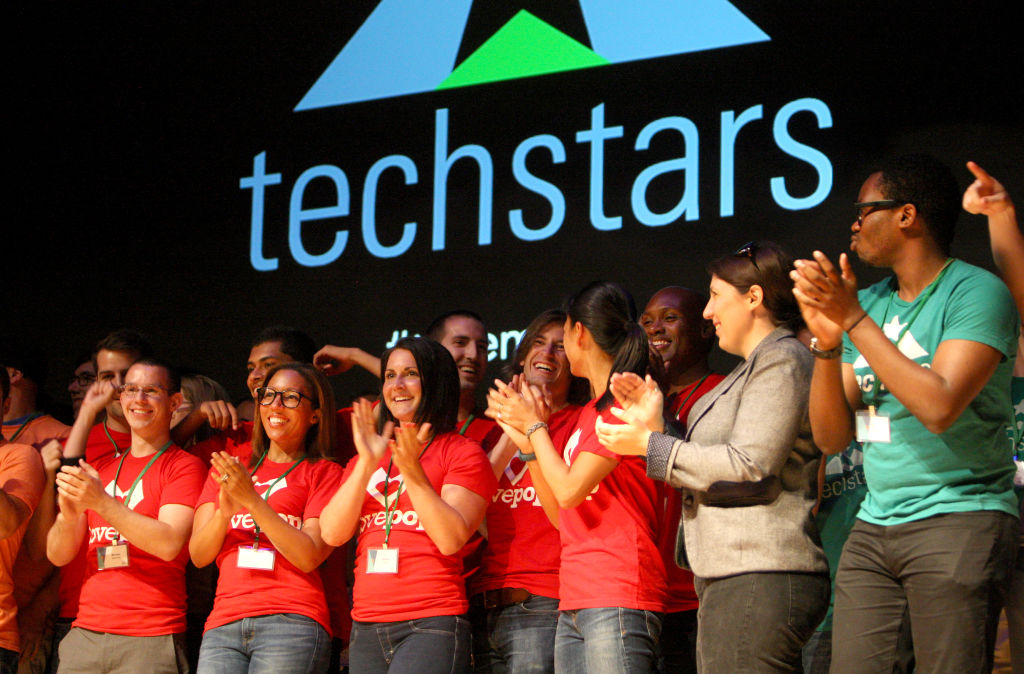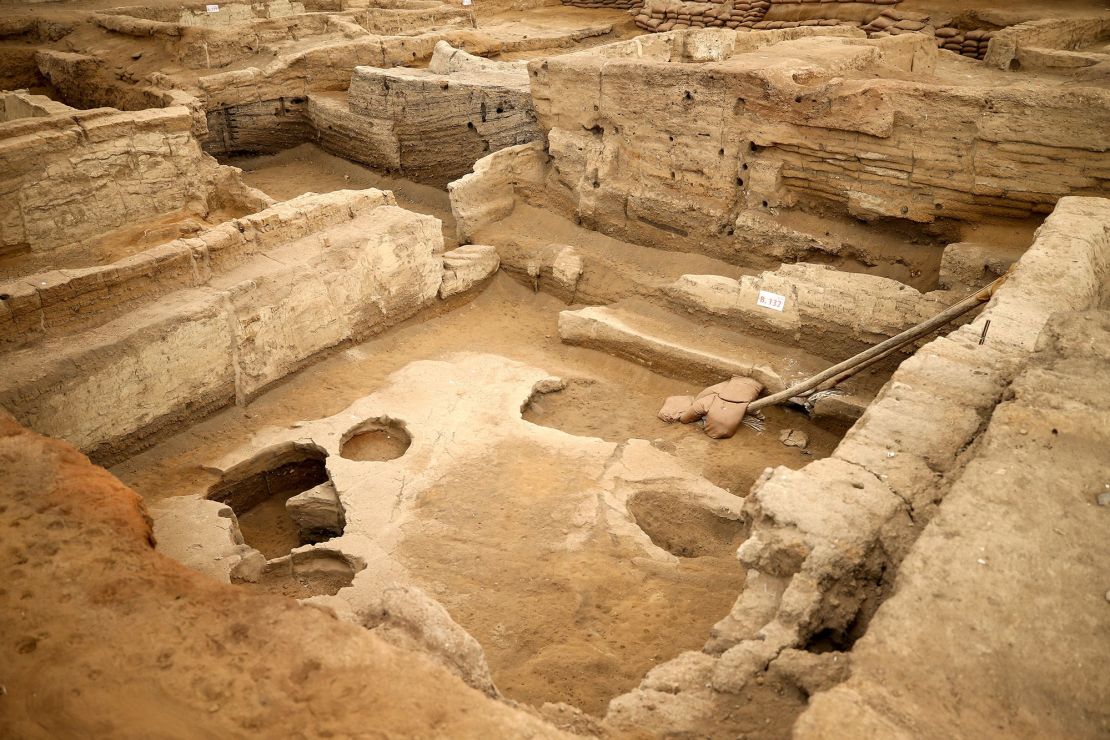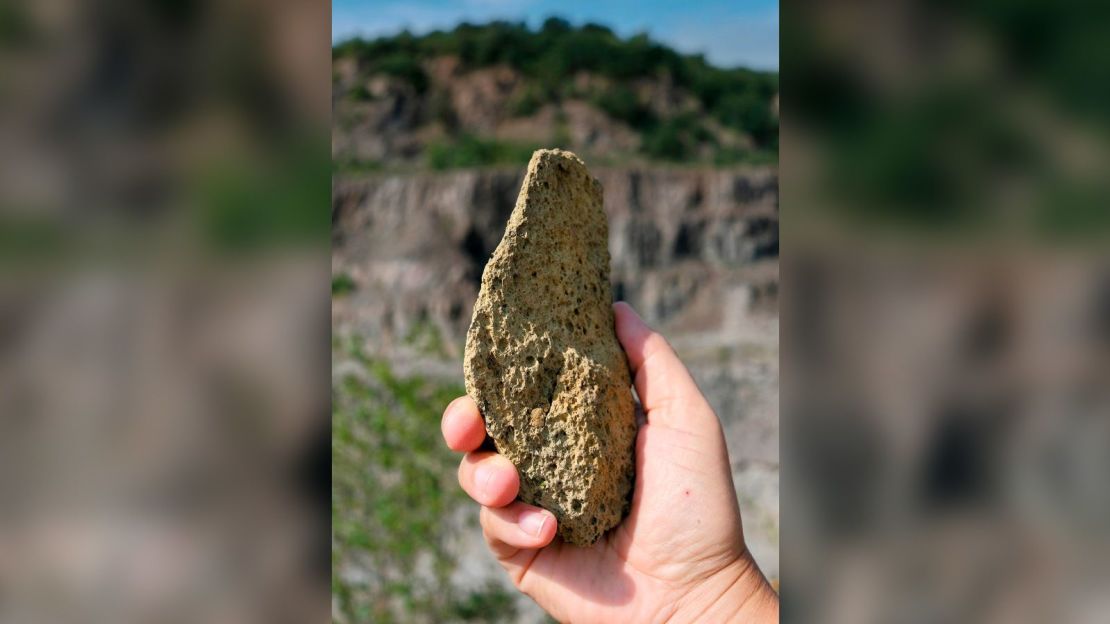U$A
Our recycling system isn’t working — here’s what we can do instead

A mere 9 percent of plastic is recycled in the United States each year. Plastic waste in our country grows unabated because the U.S. operates a patchwork of largely ineffective recycling systems that don’t create enough incentives for consumers and businesses to reduce their plastic footprint.
But there’s a way we can fix this. Lawmakers should shift the financial responsibility of collecting, recycling and reusing plastic packaging materials from consumers and municipalities to the producers of plastic products by establishing a national Extended Producer Responsibility (EPR) policy.
Under an EPR framework, companies would cover the costs of recycling their materials and face penalties for using packaging that’s difficult to recycle or for not including recycled materials in their packaging. As a result, recycled materials would become more readily available and economical over time.
EPR policies have already been adopted in multiple states, including Colorado and California. In California, producers must meet plastic source reduction requirements and ensure that covered materials are recyclable or considered compostable by 2032. Other states, such as Minnesota, are considering following suit. These states are demonstrating how industry, environmentalists and policymakers can join forces to transform the way we use, reuse and recycle materials.
Congress is now taking notice.
This past Wednesday, the Senate Environment and Public Works Committee held a first-ever hearing to examine EPR policies for consumer packaging. Leading senators from both parties expressed openness to establishing a federal framework for more consistent domestic recycling and waste reduction policies. They listened as a witness panel experts from World Wildlife Fund and AMERIPEN, as well as the chairman and CEO of S.C. Johnson, explaining how a federal EPR framework done right would help achieve American sustainability and business goals.
It’s not often that you see businesses welcoming regulation. But some of the most iconic American companies recognize that without government action, plastic pollution and its associated business costs are only going to get worse. They support creating the clarity and certainty they need to prepare for new global rules and minimize their business risks.
Meanwhile, several leading organizations, including World Wildlife Fund, The Recycling Partnership, Monterey Bay Aquarium, The Ocean Foundation, Ellen MacArthur Foundation and The Pew Charitable Trusts, recently called on President Biden to establish a goal to end plastic pollution in the U.S. by 2040 and develop national frameworks to advance the transition to a circular economy.
The growing momentum to reduce plastic pollution reflects its near-universal public support, with some 86 percent of Americans agreeing we need to transition from an economy where people constantly throw things away to one that emphasizes reuse and recycling.
After all, plastic waste isn’t limited to just red states or blue states. This is a bipartisan issue that affects the constituents of every member of Congress. Lawmakers in both parties are accordingly responding with new legislation that would move the country in the right direction by establishing more consistency in how Americans reuse and recycle plastic.
The bipartisan and bicameral Recycling and Composting Accountability Act, for example, would direct the Environmental Protection Agency (EPA) to collect additional data on recycling and conduct research that could inform a national composting strategy.
Another bill supported by members of both parties in both chambers of Congress, known as the Recycling Infrastructure and Accessibility Act, would create an EPA pilot program to build recycling infrastructure projects in rural and underserved communities, making it easier for more people to sustainably dispose of plastic.
Members of Congress should take these practical steps now. They should also work to craft legislation that would establish a nationwide EPR policy and enact transformative changes to how we consume plastic. In doing so, they can feel confident that they have strong support behind them from both the American public and the private sector.
By adopting these practical, bipartisan measures, lawmakers can lay the much-needed groundwork to loosen plastic’s chokehold on our planet. They should seize the opportunity to make it easier for all of us to do our part to keep plastic out of nature.
Alejandro Pérez is senior vice president of policy and government affairs at World Wildlife Fund.

















